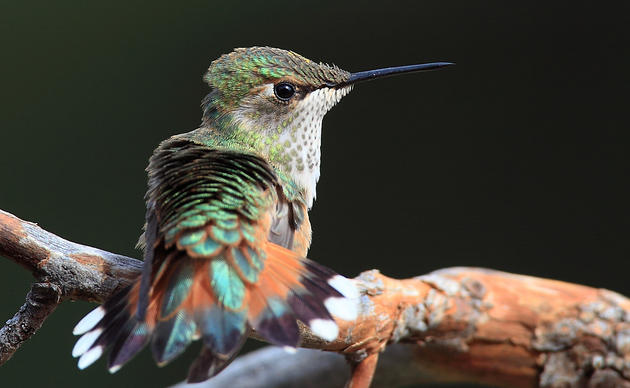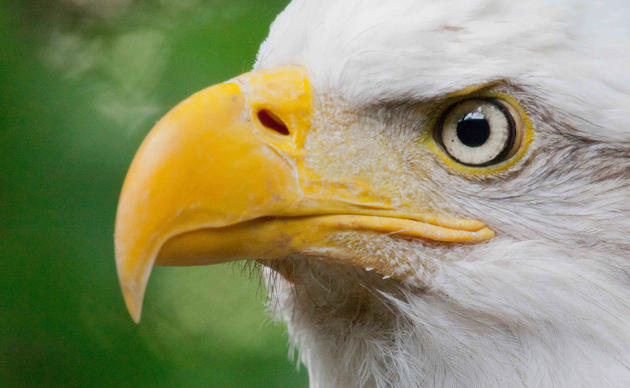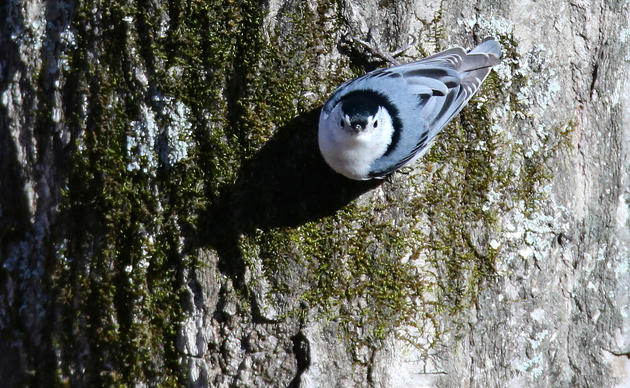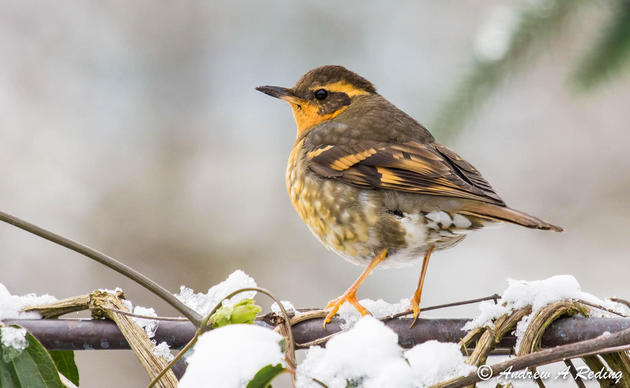State of the Birds, 2004
Washington State Issues First State of the Birds Report
One-third of Washington state’s birds are at risk, a situation with troubling consequences for our own quality of life, according to the State of the Birds (2.8MB pdf) report released by Audubon Washington, a field office of the National Audubon Society.
“Like the canary in the mineshaft, our birds are warning us about the health and trends of the environment that we ourselves depend upon,” said Audubon’s national president, John Flicker.
Report author Tim Cullinan said natural places critical to many bird species have been disrupted by Washington’s growing human population. The number of residents has more than doubled in the past 50 years and is forecast to double again in the next 50 years – the equivalent of adding 29 more cities the size of Tacoma or Spokane. It is not simply the number of people that changes the landscape, but also the way in which sprawl fragments natural areas so that birds and other wildlife have only small “islands” suitable for their needs.
“Immediate and focused conservation measures are needed to reduce human impacts on birds and bird habitat,” wrote Cullinan in the report’s executive summary. Cullinan, Audubon Washington’s director of science and conservation, said our birds are in trouble because of low populations, steep population declines, or habitat loss.
“Birds bring us many benefits,” said Audubon Washington’s executive director Debbi Edelstein. “Birds play key roles in the natural world, they’re important economically, and inspire us with their beauty and power of flight.”
“Washington state is showing the way for bird conservation,” said Flicker. “First with the ’State of the Birds’ report – what Audubon hopes will become a model for other states – and, second, by passing legislation this year to help protect birds and their habitat.”
The 2004 State Legislature unanimously passed a bill recognizing Important Bird Areas (IBAs), scientific identification of critical bird habitat to help guide public and private property owners in managing their land in environmentally sound ways. Washington is only the second state in the country, after New York, to enact IBA legislation. The worldwide IBA effort is run in North America by Audubon.
Information for the report was drawn from existing sources, including peer-reviewed scientific literature, university and governmental agency reports, and databases maintained by government and non-government organizations. The extensive literature review was followed by interviews with ornithological experts, and finally, Audubon Washington convened two panels of bird experts to assist in ranking all species of concern.
The executive summary and citizen’s action guide version of the report, which is available on the web here, includes a section on steps people can take individually, locally, nationally and internationally to protect birds.Examples include: planting bird-friendly native vegetation, taking part in the Audubon Christmas Bird Count, monitoring a nearby Important Bird Area, taking political action, using the Great Washington State Birding Trail, and buying shade-grown, organic coffee, which helps protect bird habitat.
How you can help, right now
Be the Voice for Birds
Decision makers need to hear from you. Sign up for Audubon Washington's Action Alerts and you will have an opportunity to weigh in on proposals that impact birds.
Get Involved
Birds need YOU! Get involved in helping to preserve our birds and their habitats today. There is something for everyone!
Take Action on Climate Change
Does your decision maker know that climate change is number one threat to birds? Ask for their help to protect the birds, the places, and the planet we love.




